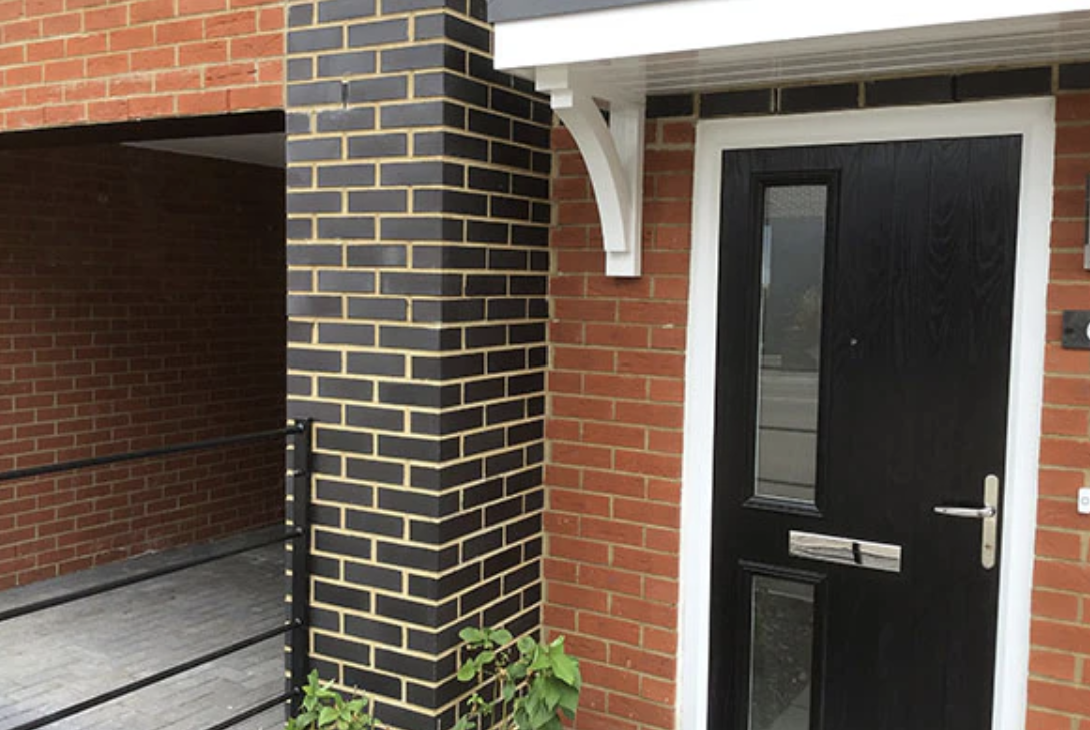Bricklaying is a skilled trade that requires precision, experience, and a steady hand.
One common question that arises in both professional and DIY building projects is: how many bricks can you lay in an hour? The answer can vary widely based on several factors, including the bricklayer's experience, the type of brickwork (for example, facing bricks or London Bricks, and the working conditions.
Factors Affecting Bricklaying Speed
-
Experience and Skill Level:
- Professional Bricklayers: Experienced professionals can typically lay between 300 to 500 bricks per day, which translates to about 40 to 60 bricks per hour. This rate can increase if the bricklayer is particularly skilled and the conditions are optimal.
-
Novice Bricklayers: For those new to bricklaying or DIY enthusiasts, the rate is significantly lower. A novice might lay around 20 to 30 bricks per hour as they learn the ropes and develop their technique.
-
Type of Brickwork:
- Straight Walls: Laying bricks for straight, uninterrupted walls is generally faster than more complex structures.
-
Corners and Details: Work involving corners, arches, or intricate details will slow down the process as it requires more precision and time.
-
Brick and Mortar Quality:
- Consistent Quality: Uniform bricks and well-mixed mortar make the laying process smoother and faster.
-
Inconsistent Materials: Variations in brick size or poorly mixed mortar can hinder speed and efficiency.
-
Working Conditions:
- Weather: Ideal weather conditions, such as mild temperatures and dry conditions, can enhance productivity. Extreme weather, whether hot, cold, or wet, can slow down the process.
-
Worksite Organisation: A well-organised worksite with easy access to materials and tools will improve the bricklaying rate.
-
Tools and Techniques:
- Modern Tools: Using modern bricklaying tools and techniques, such as bricklaying profiles and mortar guns, can significantly increase the number of bricks laid per hour.
-
Traditional Methods: While effective, traditional methods may be slower compared to using the latest tools and innovations.
Estimating Your Bricklaying Rate
To estimate how many bricks you can lay in an hour, consider conducting a small trial.
Set up a work area with all necessary materials and time yourself laying bricks for 15 minutes.
Multiply the number of bricks laid by four to get an estimate of your hourly rate. This practical approach can help you gauge your pace and adjust your workflow for better efficiency.
Tips to Increase Bricklaying Speed
-
Preparation: Ensure all materials are prepared and within easy reach before starting. This includes having bricks, mortar, and tools readily available.
-
Practice: Consistent practice helps improve technique and speed. Focus on getting the basics right and gradually increasing your pace.
-
Teamwork: Working with a team can significantly increase productivity. While one person lays bricks, another can mix and supply mortar, and a third can handle cutting and shaping bricks.
-
Stay Organised: Keep the worksite tidy and organised to minimise downtime caused by searching for tools or materials.
Conclusion
The number of bricks you can lay in an hour depends on various factors, including your experience, the type of brickwork, and the working conditions. See also our "how much bricks cost blog" for more info.
While professional bricklayers can lay between 40 to 60 bricks per hour, novices might start with 20 to 30 bricks per hour.
By understanding these factors and applying practical tips to improve efficiency, you can enhance your bricklaying productivity and achieve better results in your building projects.

